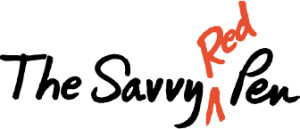Are you looking for the best writing resources to put inside your Writer’s Toolbox? We are all writers, thanks to the computer and the internet. We craft emails and texts all day, every day. Unfortunately, that doesn’t mean we write well, and our reputation is tested whenever we write. For those of us whose livelihood depends on being able to write well—students, businesspeople, professional writers, and independent book authors—we need help. No single source represents the “supreme grammar government,” but we can count on a number of trustworthy handbooks to give us a pretty complete set of guidelines for correctly (and stylishly) wielding the English language.
Some of the resources listed in this article are free; others are not. If purchasing them gives you pause, remember that you are investing in your writing. A mix of digital, hardcopy, academic, nontraditional, and even some offering alternative, witty perspectives, these writing resources are the meat and potatoes of your Writer’s Toolbox.
The Best General Style Guides & Writing Resources
The Elements of Style by William Strunk Jr. and E.B. White, 4th edition. 2000.
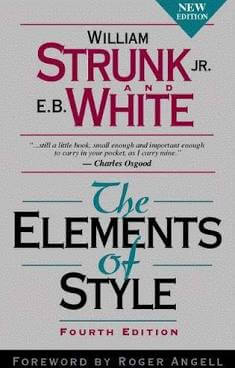
Strunk and White is considered the classic “little book” focusing on fundamental rules of usage and composition, commonly used words and expressions, and their approach to style. Strunk Jr.’s tone as he lays out writing dos and don’ts is bossy but witty. His tone makes sense, considering this book’s prescriptive, telling us what we should do. Even though this edition does not contain information on writing for digital platforms, it is still considered one of the most valuable writing resources around.
Also consider The Elements of Style: Classic Edition (2018): With Editor’s Notes, New Chapters & Study Guide by William Strunk Jr, edited by Richard De A’Morelli. This centennial edition contains updates to grammar rules and even uses emojis to differentiate right from wrong examples. De A’Morelli notes, “Stephen King recommended it as a must read for all aspiring writers.”
Dreyer’s English: An Utterly Correct Guide to Clarity and Style by Benjamin Dreyer
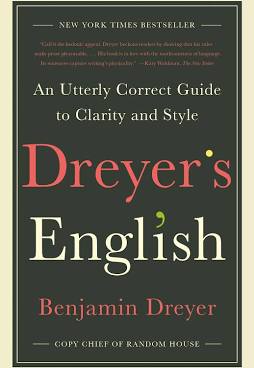
As copy chief at Random House, Dreyer shares years of his experience wielding a red pen. His goal is to help modern writers craft clean, polished writing in all print and digital forms. His playful touch covering grammar, punctuation, usage, and often confusing and misspelled words makes the content memorable. “Notes on Proper Nouns” is especially entertaining, as it includes references to contemporary actors, politicians, and musical artists. Some consider Dreyer’s book a twenty-first century Elements of Style.
A Dreyer’s daily calendar is also available for those wanting a daily dose of style and grammar advice.
The Copyeditor’s Handbook: A Guide for Book Publishing and Corporate Communication, 4th Edition by Amy Einsohn and Marilyn Schwartz
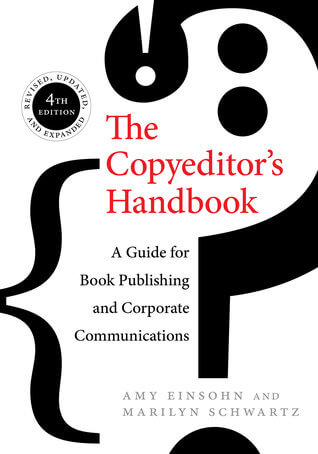
As the title implies, this treasure is primarily for copyeditors, but it’s valuable for all writers. The handbook, heralded as “unstuffy, hip, and often funny,” is user-friendly. It clearly breaks down the basics of grammar, style, and copyediting for print and digital formats.
To practice the knowledge explained in the handbook, you can pick up its companion to the handbook, The Copyeditor’s Workbook: Exercises and Tips for Honing Your Editorial Judgment.
The Chicago Manual of Style, 17th Edition by The University of Chicago Press Editorial Staff
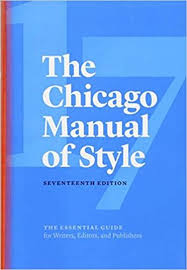
The Chicago Manual of Style (CMOS) is considered to be the 1,144-page, hard-bound “Bible” for writers, editors, proofreaders, indexers, copywriters, designers, and publishers in the U.S. This tome includes detailed and extensive sections on writing and citation styles, grammar, and components of a book.
CMOS also provides a handy-dandy online version for a $39 yearly subscription.
The OWL (Online Writing Lab) at Purdue

The OWL is an extension of Purdue University’s Online Writing Lab. This website is one of the greatest writing resources you can have in your toolbox. It’s free, easy to navigate, and doesn’t require a password. Its explanations, exercises, and templates cover all aspects of writing, research, grammar and mechanics, style guides, English as a Second Language, and job search and professional writing (general business, health, and grant writing). You can also find resources for undergraduate and graduate application processes.
Relying on the OWL is not cheating. This site is a godsend for students, nonprofessionals, and professionals alike.
Merriam-Webster’s Collegiate Dictionary
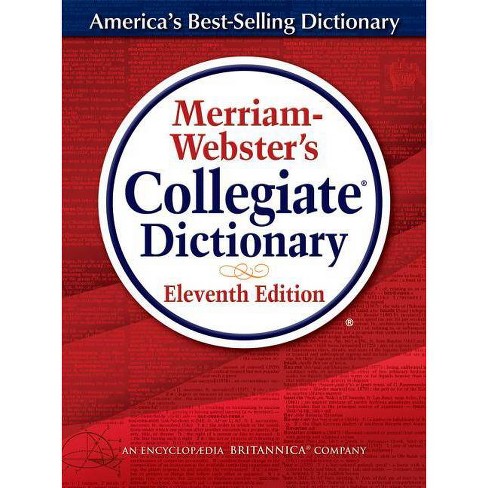
They may be “old-school,” but dictionaries are fundamental. This edition is the primary source among publishing companies. Of course, writers can access word meanings by going online, but what happens if your phone or computer is dead and you’re in the middle of writing a paper, a letter, or a book? Old-school is often more reliable, but the online version is updated more often. Merriam-Webster is constantly updating their online dictionary to reflect our evolving language. In fact, they added 520 new words to their website in January 2021, including “COVID-19,” “second gentleman,” “long-hauler,” “flex,” “ASMR,” and “sapiosexual.” Don’t know what they mean? Look them up!
The Best Grammar & Punctuation Writing Resources
Garner’s Modern English Usage, 4th Edition by Bryan Garner
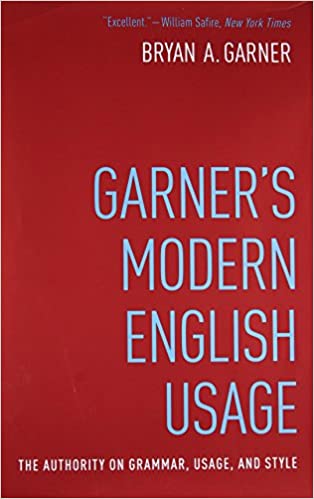
Garner is the closest we have in the U.S. to the national supreme grammar guru. He believes no matter what tone or medium we’re using—formal or informal—proper grammar and punctuation matter. Readers can expect an authoritative but lively approach to usage, pronunciation, and style.
Garner’s book is also available for the iPhone and iPad through Apple’s App Store.
The Blue Book of Grammar an Punctuation: An Easy-to-Use Guide with Clear Rules, Real-World Examples, and Reproducible Quizzes, 11th Edition by Jane Strauss, Lester Kaufman, an Tom Stern
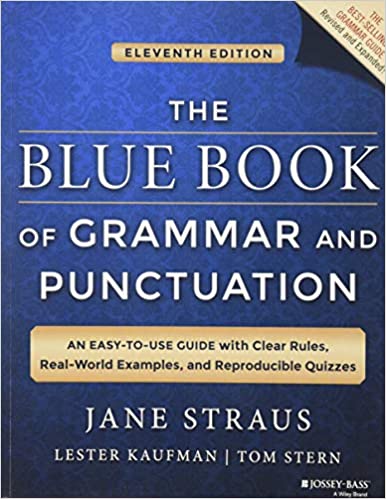
Appropriate for writers from seventh grade through adulthood, this popular guide presents grammar and usage simply with a touch of humor. The authors write for “the student, executive, professional writer, and avid blogger” and describe the book as “logical, self-paced, and fun to use.”
Grammarbook.com provides access to the guide, additional tips, and a digital newsletter.
Care for a Laugh? Best Witty Writing Resources
Grammar Girl’s Quick and Dirty Tips for Better Writing by Mignon Fogarty
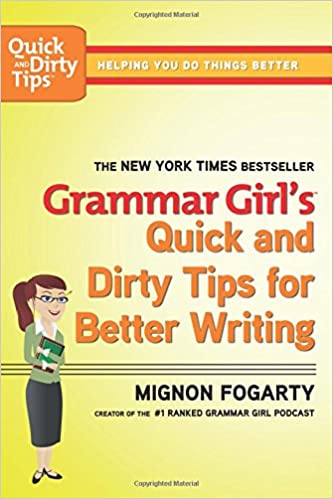
This tongue-in cheek, popular, practical guide is indispensable. It doesn’t read like a textbook, and readers will enjoy cartoon characters Aardvark and Squiggly, a yellow snail, who go on escapades throughout the book to illustrate grammar and usage principles. Fogarty believes learning should be fun, and her lively personality comes through in her book, her podcasts, and newsletter. Tips include advice on style, business writing, and emailing.
Check out her website for even more.
Eats, Shoots & Leaves: The Zero Tolerance Approach to Punctuation by Lynn Truss
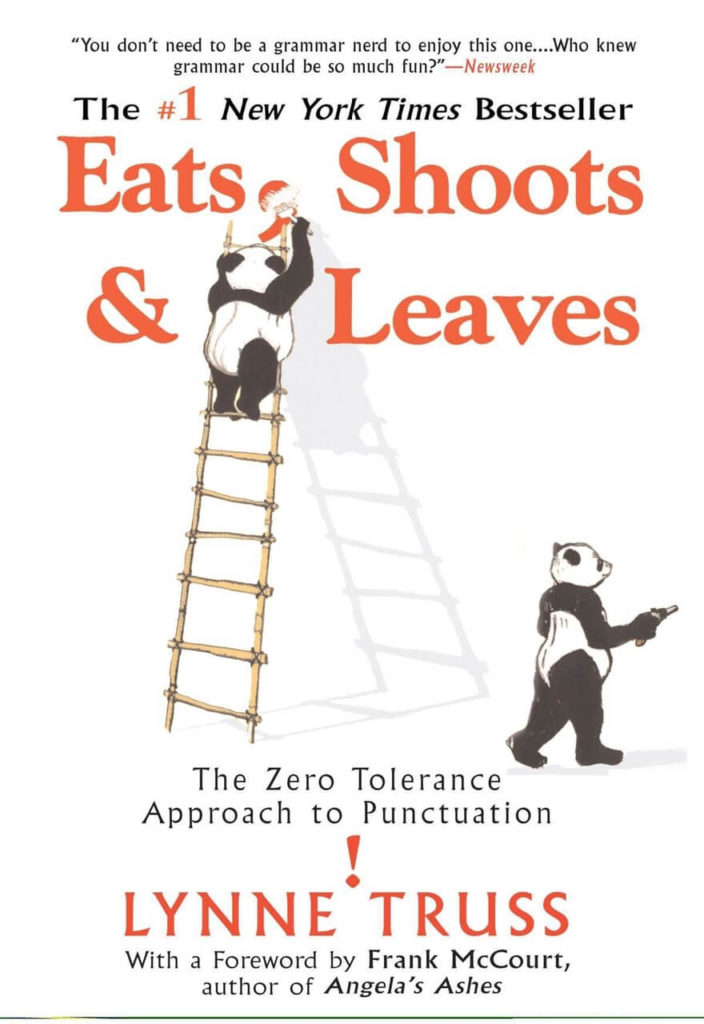
The book’s focus on punctuation is famous for a sardonic approach to the use of those little marks that make crucial differences in sentence meanings. Don’t let Truss’s engaging, humorous storytelling tone fool you—she is a stickler for proper usage. She uses examples from history, literature, signage, and her own experience to demonstrate what happens when punctuation goes wrong.
Want more writing tips & tricks? Subscribe to The Savvy Red Pen blog. We also offer a full suite of editorial services for authors, students, and businesses. Contact us today to see how we can help you!
